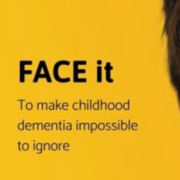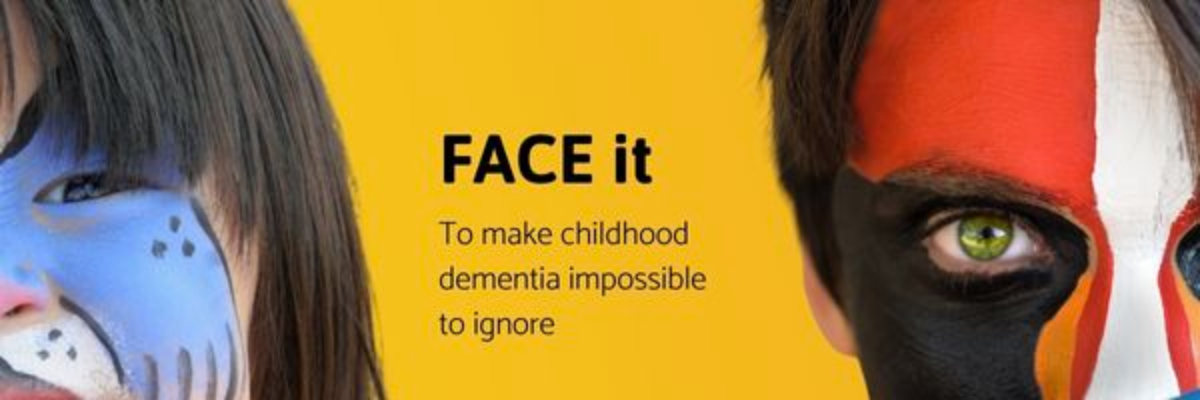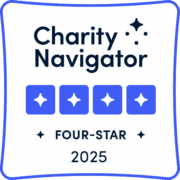Noventia Statement for the Lafora Community
Dear Lafora Community,
A few weeks ago we finalized an agreement for the rights to ION283, Ionis’ investigational medicine for the treatment of Lafora disease.
Since its founding, Noventia Pharma, a privately owned European specialty pharmaceutical company, has been committed to advancing research to bring hope to people living with rare diseases, particularly those affecting the CNS.
Noventia will now assume full responsibility for the development of ION283 and we are excited to apply our know-how, expertise, and passion to this project.
Over the coming weeks, Ionis will transfer all materials and data related to ION283 to Noventia. Noventia, together with other stakeholders, will then determine the feasibility of clinical development and the next steps for the program.
Our current objective is to start clinical trials as soon as possible and generate data to evaluate ION283 for potential registration in Europe and the US.
For this reason, Noventia is setting up an International Advisory Board to guide and support our efforts. We aim to work in partnership with the European Medicines Agency, the Food and Drug Administration, and Patient Associations where possible to speed up all these processes. We expect the recently initiated clinical trial at UT Southwestern to continue during this time.
We are grateful for the support, collaboration, and perseverance of the Lafora community. We look forward to working with you to expedite this transition and facilitate the continuation of development activities for ION283.
Sincerely,
Massimo
Massimo Radaelli
President & CEO
Noventia Pharma







